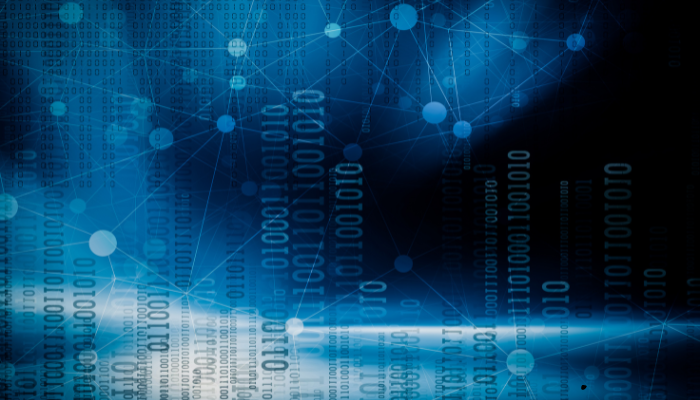How to get the most out of Darktrace with Integrity360
Organisations worldwide are increasingly turning to AI-driven solutions like Darktrace to defend their digital environments. Darktrace’s autonomous response technology is renowned for its ability to detect anomalies and respond to cyber threats in real time. However, the platform’s full potential often goes underutilised. Many organisations face challenges in configuring, optimising, and maintaining their Darktrace environments to deliver peak security. This is where Integrity360 steps in.















